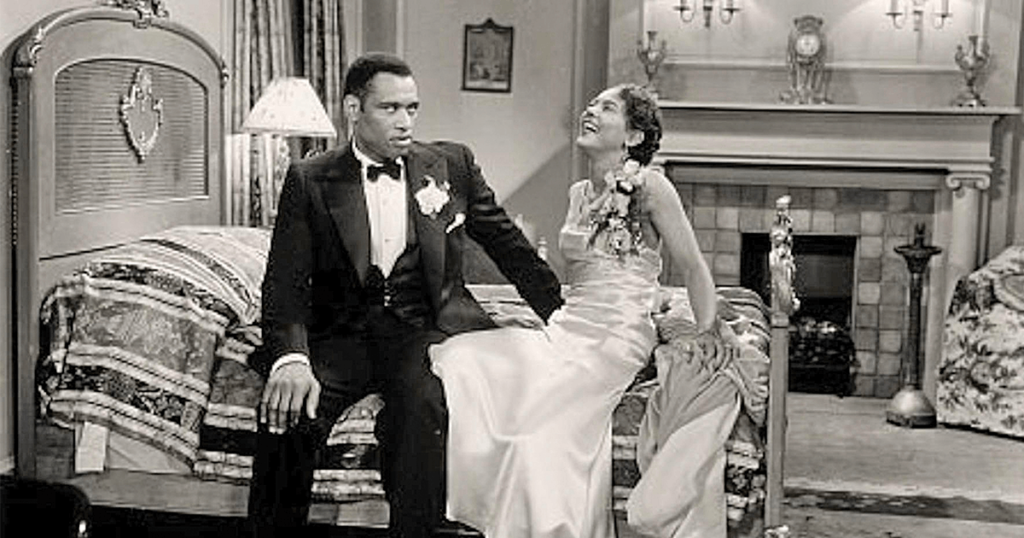Renaissance Woman
Recognizing the female actors, dancers, and singers of 1920s Harlem

To think of the Harlem Renaissance is to recall some of the greatest art of the early 20th century: the wailing trumpet of Louis Armstrong, the bold paintings of Jacob Lawrence, and the rhythmic stanzas of Langston Hughes. For many of these men, their activism informed their work. But less frequently celebrated are the women who also helped shape the legacy of the Harlem Renaissance as both artists and reformers.
“[The] whole Harlem Renaissance looks different when you look at the women involved,” says Laurie Woodard, who champions the female actors, dancers, and singers who contributed to its success. A history professor at City College of New York, Woodard is writing a book about Fredi Washington, a black actress, dancer, and activist who rose to prominence in the 1930s but whose achievements have often been overlooked.
Washington appeared in movies and Broadway shows, something relatively rare for a woman of color at the time. Her stage career began with a part as a chorus girl in Shuffle Along, the groundbreaking 1921 musical written, produced, and performed entirely by black Americans. She continued to perform live throughout her career and gained national recognition for her 1934 film role as Peola in Imitation of Life.
Washington was also a vocal activist for people of color. As executive secretary of the Negro Actors Guild and the entertainment columnist for Adam Clayton Powell Jr.’s The People’s Voice, a prominent African-American newspaper, she did not fit the stereotype of an actress or dancer. She was, Woodard says, “not vapid, not stupid, [but] understood her place and power as a woman.” Along with many of her contemporaries, like Josephine Baker and Florence Mills, Washington actively fought injustice.
When viewed as a movement shaped by women who populated the stage and screen, the Harlem Renaissance becomes more integral to understanding the struggle of black Americans against systemic oppression, Woodard argues. And to the artists of the time, this was obvious. The portion of Langston Hughes’s memoir, The Big Sea, about the Harlem Renaissance starts, “It began with Shuffle Along,” referring to stage performers like Washington who broke barriers for black artists. Even then, he knew the important role that women played in the Harlem Renaissance. Perhaps it’s time we remember, too.

